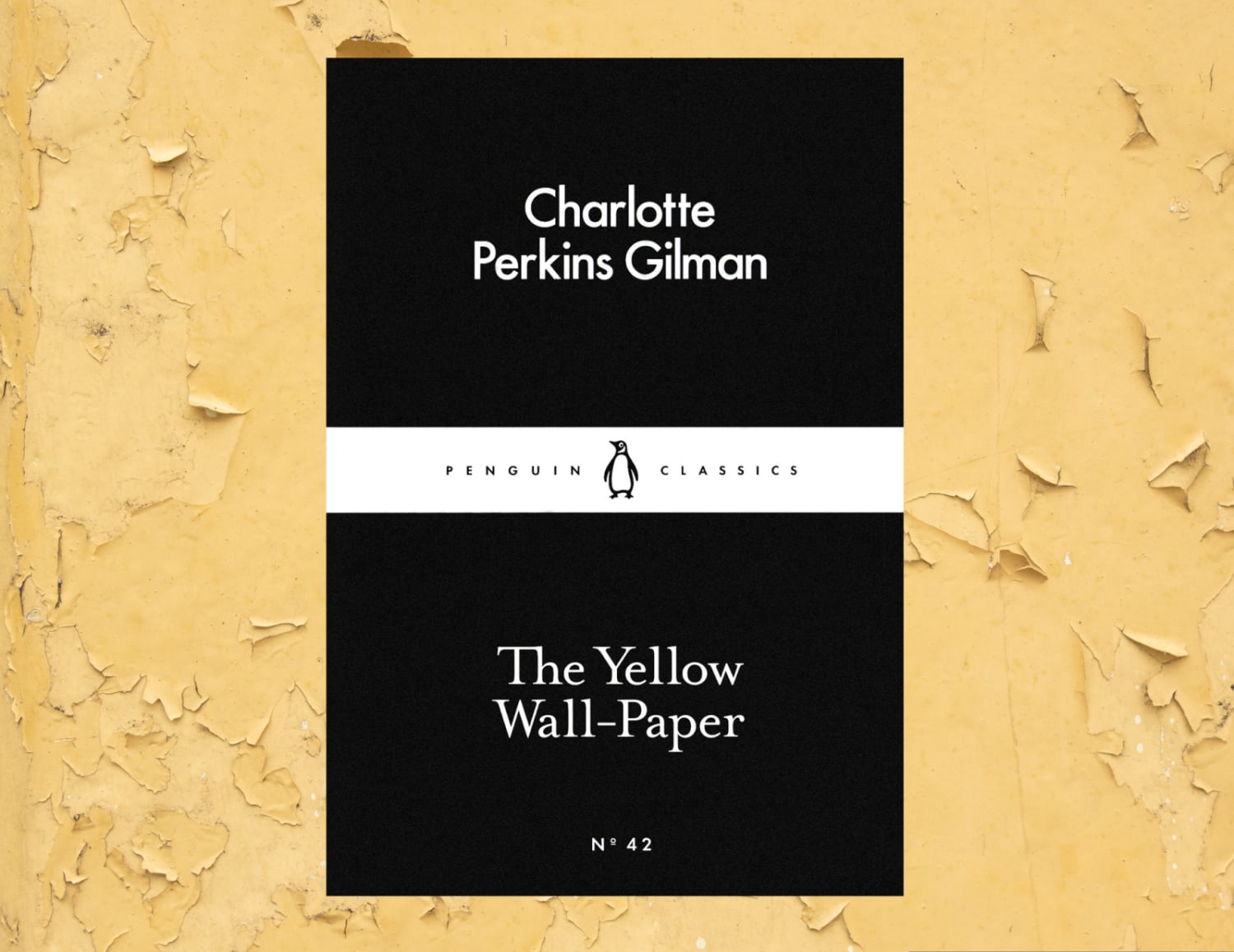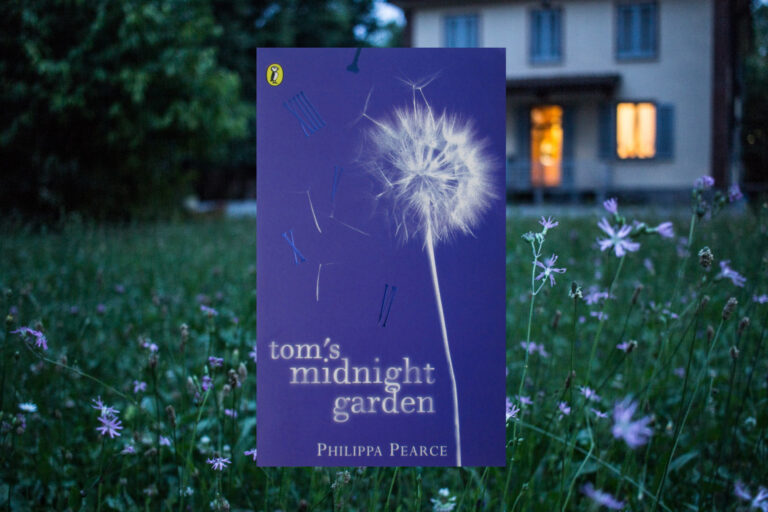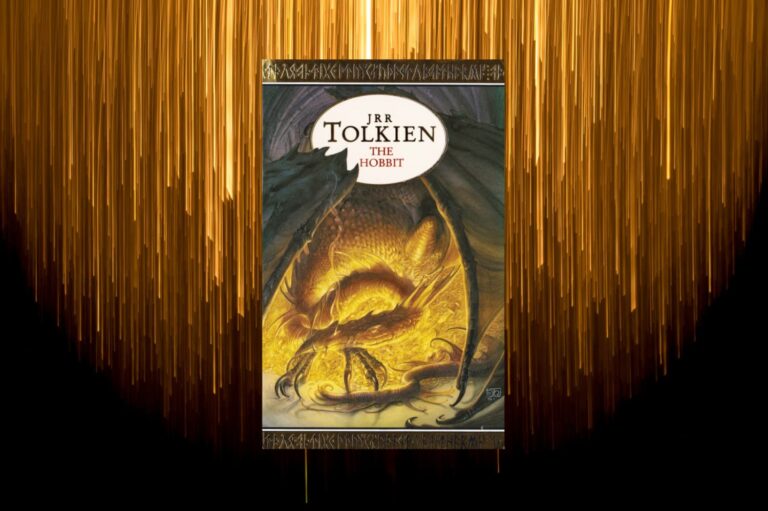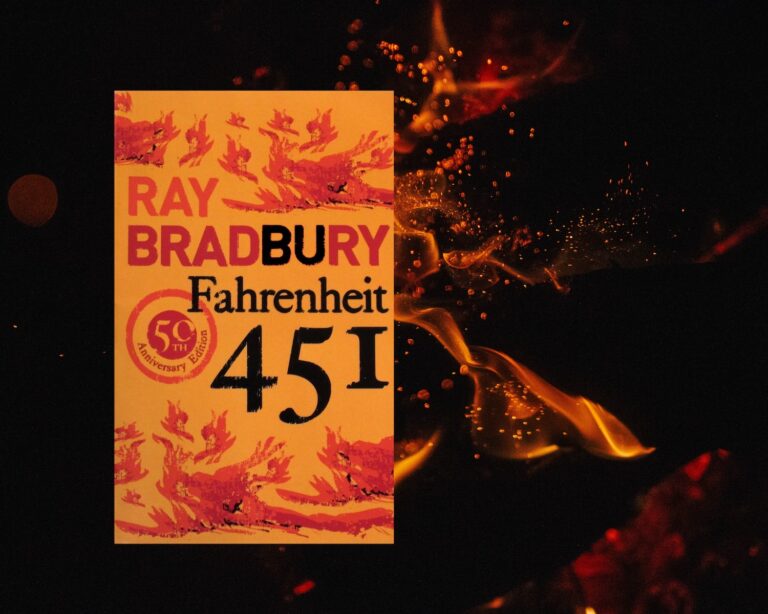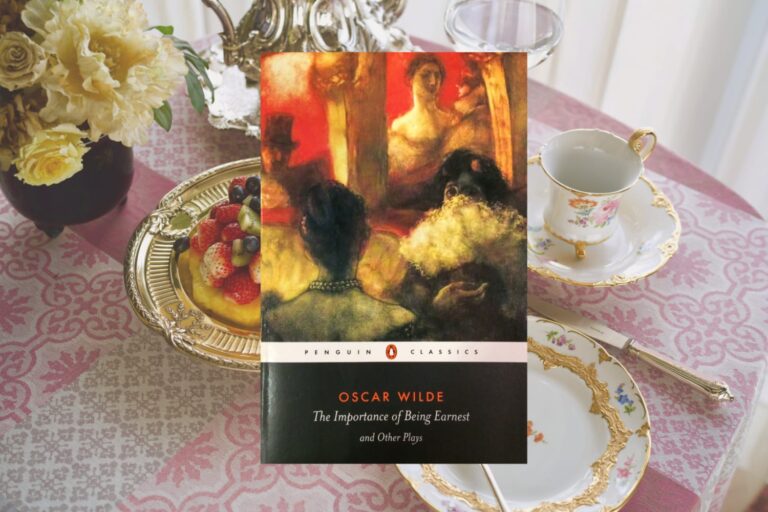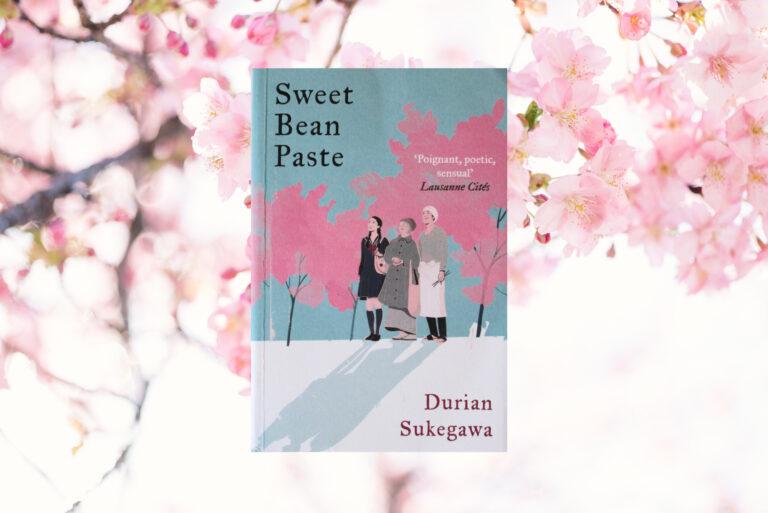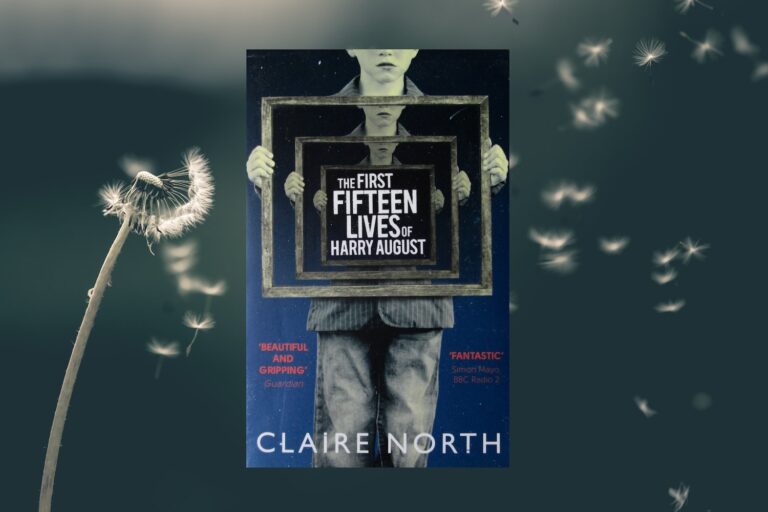Three short stories of a ghostly nature that reflect the attitude of seeing women as beautiful objects to be sought after or kept, no matter the result. Written in the late 19th to early 20th century, the stories were ground-breaking at the time, and continue to this day to be real eye-openers. But it’s also a piece of great psychological literature, for Gilman’s most famous of the stories, The Yellow Wall-Paper, gives an account of a woman suffering from anxiety, depression and later psychosis, of which the cure is as much the cause.
Written in the style of a narrator accounting her time in a somewhat diminished manor, The Yellow Wall-Paper starts with the protagonist, who, experiencing mental health difficulties is told by her husband and brother, both of whom are doctors – that she merely needs a break from life, with the former whisking her away to a now abandoned manor. Its earlier beauty still retained (to some level) within the lower floors, but its the upper bedroom to which her husband sends her. Its yellow wallpaper, flaked, moulding, and scratched into. Expressing her anxiety about the room she asks that they may sleep downstairs instead, which her husband refuses, and not wanting to push the point she agrees to his wishes.
Over the coming weeks she describes the wallpaper as having something behind it; eyes, a broken neck, until she sees a lady trapped within it – but only at night, while during the day she sees the lady through the window (her reflection maybe?) Over time her fear of the wallpaper grows into an obsession, her sanity decreasing as she’s told by her husband not to do anything, but to be mentally idle in order to recover. This means not seeing friends, avoiding anything that could excite the mind, and not to write – which she does in secret and states that it’s a great mental relief to her. But when she tries to speak to her husband he shushes her, for she’s a little girl who is precious to him, and not wanting to call out louder, for that would make her a poor wife, she hides her true feelings, emanating instead the ‘ideal’ wife that follows her husband’s wishes and makes no ill scene. It’s a great depiction of gender relations.
The story and passage of time into mental affliction is well-versed and sympathetic to reality; the narrator tries to get better, tries to follow the orders of others, but feels unheard in return. Her time alone leaving her with thoughts that repeat till it’s incessant. This empathetic understanding comes first-hand from Gilman, the story actually being somewhat biographical in nature with the author once being told she was suffering mental exhaustion. To which a Dr Silas Weir Mitchell (who’s briefly mentioned in the story) gave her his famous rest cure – where women were often made to isolate themselves, to have excessive bed rest, eat more, and do nothing that could exercise the mind. All of these are repeated in the book, and shown to have the opposite effect in helping our protagonist, as was the case for Gilman who had a nervous breakdown and stated this ‘rest cure’ as being poisonous in effect, and not the help it was described as being. Ironically, when men were diagnosed with mental exhaustion they were instead given high levels of physical activity and told to write about it – which is very different to how writing was forbidden for Gilman and her protagonist, who found the activity helpful. The difference reflects a time where women were seen to get ill because they had fallen out of their healthy domestic roles, and that their brains could not handle over-stimulation outside of the female duties of handling a household. The Yellow Wall-Paper is a clever tale of madness brought on by a cure that represses the female, its narrative insightful while retaining a ghostly atmosphere of her other works such as The Rocking Chair. Just one question, at the end of the story, is Jane the narrator’s real name? Or someone else’s?
A very different tale (and yet spooky in another way) is The Rocking Chair – a tale of two men who become fixated on the idea of a fair-haired lady they saw sitting on a rocking chair. Drawn by a glimpse of her beauty, they take two rooms at the same boarding house as her, and from here a sinister tale is woven. The men, unaware of the trap they’re caught in, become increasingly obsessed with obtaining the mysterious girl, their jealousy mounting as they believe the other is seeing her in secret, and so they begin to turn on one another, all the while the rocking chair just rocks back and forth. Although small in length it’s one of the most captivating ghost stories. Possibly because the author slowly and increasingly convinces the reader that not everything is as it seems, while the characters remain ignorant to it all.
Last, and a little least, is Old Water which tells the story of a beautiful woman being admired, desired, until there is nothing left but to possess her. The ghostly part – the man’s hidden mind, and a prophetic dream the woman has had, but will it come true? Gilman’s female protagonist is inspiring with a modern and independent attitude, and which contrasts heavily against the mind and wishes of her mother, who swoons at the very idea of being wanted. Old Water also shows a changing time in moving away from assigning women gender roles, and with the leading lady being seen as attractive for her resilience and strength – a hero even, and not someone who’s dependent on men and their wants, but free of them.
All three tales are linked by their psychological horror and devastating impact, drawn in part through the objectifying of women. A must-read regardless of who you are, although maybe keep the lights on when reading The Rocking Chair.
Book Edition Information:
Publisher: Penguin Group
ISBN: 978-0-141-39741-2
Presented Edition: 2015 Paperback (part of Penguin Classics No. 42)
Background image courtesy of The Blowup on Unsplash

